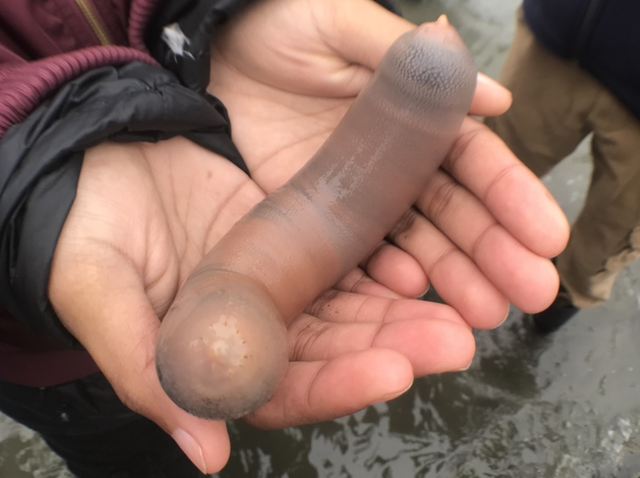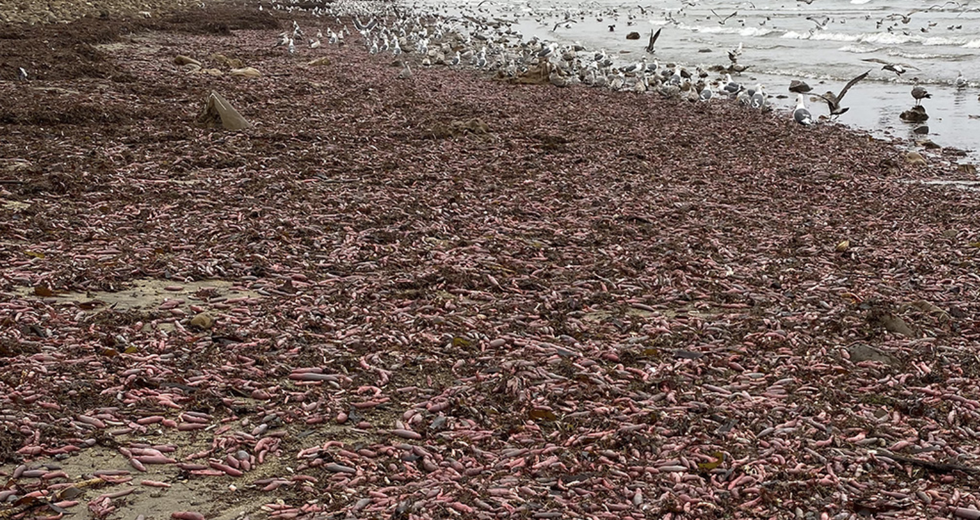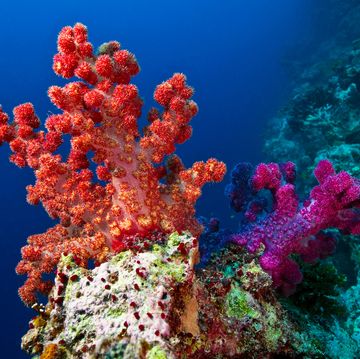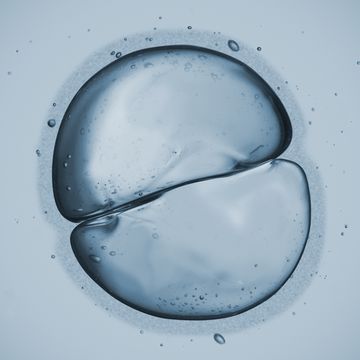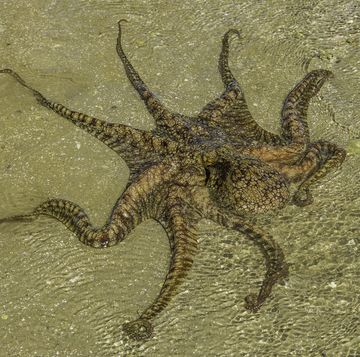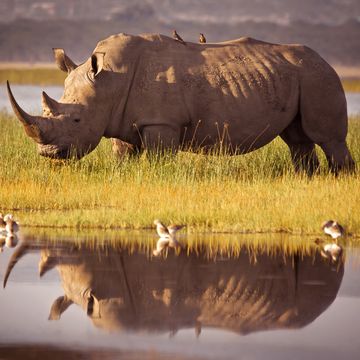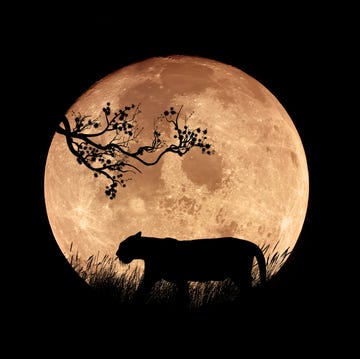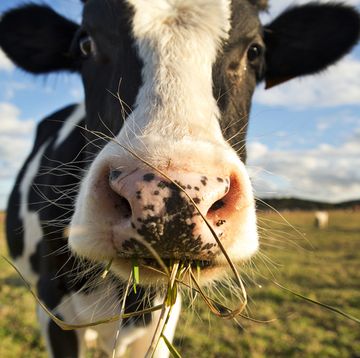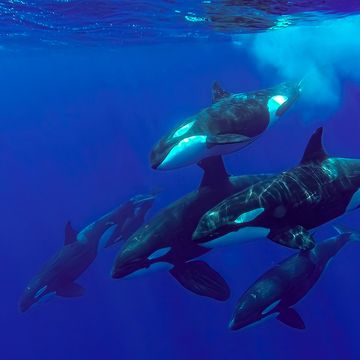- Thousands of phallic-looking marine worms washed ashore at Drakes Beach in California and have caused quite a stir online.
- The worms, which very closely resemble a penis—and are nicknamed 'penis fish' among other things—likely got stuck on the beach after a strong storm disrupted their shallow burrows, leaving them stranded.
- While a strange sight on land, weird-looking sea creatures completely fill our oceans, and we love them all.
People visiting Drakes Beach in California were treated to quite the spectacle when thousands of the alien-like sea creatures washed up onto the shore. The interestingly-shaped animals are actually Urechis caupo, a type of non-segmented marine worm, found along the coasts between southern Oregon and Baja, California.
According to independent nonprofit publication Bay Nature, these "wiggly pink sausages" go by one of two nicknames: 'fat innkeeper worms' or 'penis fish' although they are not fish and definitely not penises. The interesting anatomy of these animals is actually pretty perfect considering they spend the majority of their lives underground, where they build U-shaped burrows to live in and capture food.
To eat, the worms dig into their burrows and use special glands to secrete a mucous as they move deeper into the sand. Fat innkeepers then use peristalsis to fill their burrows with water so that the mucous can trap the critters, like plankton, and bacteria that the water brings with it. The worms then suck up the mucous, consuming what got stuck in it.
Whatever leftover food the fat innkeeper doesn't eat gets gobbled up by other bottom-dwellers such as crab, shrimp, and clams, which take up residence inside these burrows to freeload off of the worm. That's where their name comes from—they're innkeepers (of sorts) for all the strays that make a home in their burrows and eat their scraps.
You might be wondering why there's been such a sudden emergence of so many fat innkeepers at once. Biologist Ivan Parr writes that it was likely due to a recent storm that hit the area.
"Strong storms—especially during El Niño years—are perfectly capable of laying siege to the intertidal zone, breaking apart the sediments, and leaving their contents stranded on the shore," Parr wrote for Bay Nature. These creatures have washed ashore in the past, but spend the majority of their lives buried in water and sand.
Fat innkeepers, who typically grow to about 7-inches in length and are native to coastal wetlands, are pretty multifunctional. For instance, there are some fishermen who use them as bait and in some parts of the world, like South Korea, they're a delicacy. Fat innkeepers are often eaten cut up and raw although some people do sauté them.
We'll pass.
Source: LiveScience

